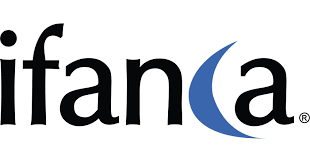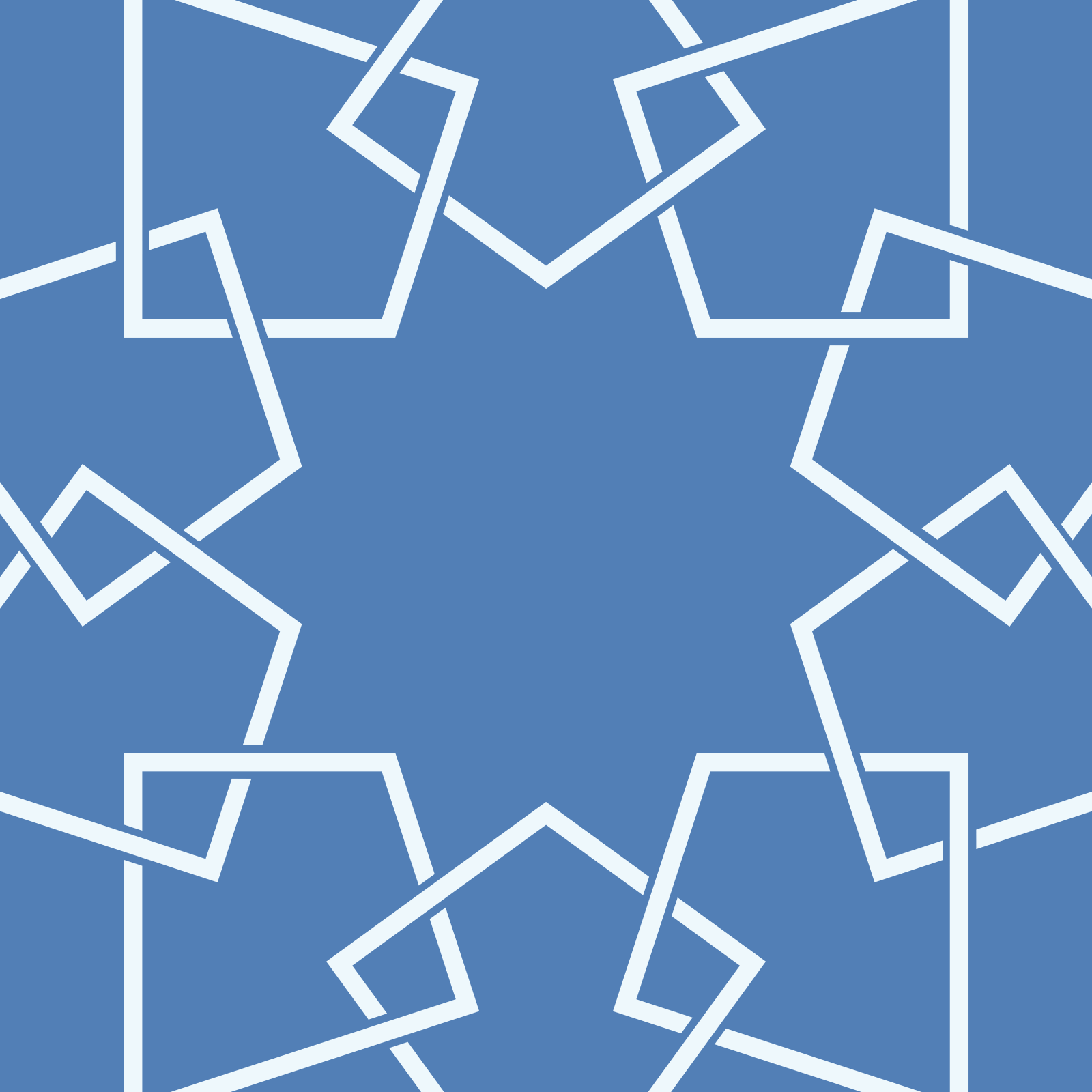
Halal certification drawing more non-food sectors, SMEs, non-Muslim markets
Photo: A customer waits to order food at the Isla Burger Halal fast-food in Nice, France, September 25, 2017. REUTERS/Eric Gaillard
Encouraged by increasing awareness and spending on halal products worldwide, the demand for certification is seeing growth across the value chain in various markets. Halal certification is being sought for ingredients as well as finished goods and hospitality products, even as exporters target Islamic markets.
Halal certifier Islamic Food and Nutrition Council of America (IFANCA) told Salaam Gateway that the number of categories of halal-certified products increased by about 15 per cent in 2017. “This is well above the overall food industry growth rate. The primary reason for this is more products are being certified halal, not only consumer goods but also raw materials and food ingredients,” Asma Ahad, IFANCA's Director of Halal Market Development told Salaam Gateway, adding that Gulf Cooperation Council (GCC) and Association of Southeast Asian (ASEAN) countries, which are importers or transportation hubs, are boosting the demand for certification.
Aiming to tap into a population with spending power, companies are seeking labels to attract them. Tomas Guerrero Blanco, Head of Instituto Halal in Madrid reports 25 per cent growth. He told Salaam Gateway that not only large food and beverage majors but also more and more small and medium enterprises (SMEs) are seeking certification. “An increasing number of SMEs are certified. Years ago the halal certification was requested mainly by large F&B companies.”
NON-FOOD
The growth has widened to include non-food sectors as well. Mohammed Aminuddin Sham Tajuddin, Director of Halal, F&B and Agro Products Section, MATRADE, Malaysia’s trade promotion agency, told Salaam Gateway: “The halal industry has now expanded beyond the food sector to include pharmaceuticals, cosmetics, health products, toiletries and medical devices as well as the services sector – such as logistics, marketing, print and electronic media, packaging, branding and financing, among others.”
Across the world in Europe, Blanco is seeing the same trend. “There is demand coming from sectors that go beyond food: cosmetics, tourism and pharmaceuticals, among others. Currently, more and more SMEs in the food sector and other sectors (tourism, cosmetics, etc.) are interested in halal certification.
“In the last three years, we have certified a good number of companies in the tourism sector (hotels, malls and restaurants) and the cosmetics sector,” Blanco added.
|
How big is the world’s halal market? How much do Muslims spend on F&B, cosmetics and pharma? There are different numbers from different sources mapping the size of the global halal market. Of the three sources below, Thomson Reuters is the only one that makes a distinction between Muslim expenditure on food and beverages and non-foods, and halal-certified food and beverages. |
||
|
Malaysia’s MATRADE |
Thomson Reuters State of the Global Islamic Economy Report 2017/18 |
|
|
Halal market worth more than $2 trillion |
Global halal foods industry = $1.25 trillion in 2016 Growth at a CAGR of 6.1 per cent over the next eight years, to reach $2.1 trillion by 2025 Meat and alternatives largest product segment in 2016 with a net market worth of over $590 billion globally Milk and milk products, including processed milk, cheese and yoghurt, expected to be primary product segments driving growth, along with halal-certified carbonated drinks, packaged juices and sweeteners |
Food and beverage leads Muslim expenditure by category = $1.24 trillion in 2016 Muslim F&B expenditure to reach $1.93 trillion by 2022, representing a CAGR of 7.6 per cent from 2016 Estimated revenues from halal-certified food and beverages in 2015 = $415 billion Muslim expenditure on pharmaceuticals = $83 billion in 2016, estimated to reach $132 billion by 2022 Muslim expenditure on cosmetics = $57.4 billion, to reach $82 billion by 2022 |
LUCRATIVE MARKETS
The reasons for growth in halal certification are varied. On the one hand, there is increased consumer demand driven by awareness; on the other, economies with significant Muslim populations are witnessing rapid economic growth, making them attractive as target markets.
Dhaliff G. Anuar, Manager, Halal Industry and Integrity Services, at PricewaterhouseCoopers Malaysia, told Salaam Gateway the demand is, in fact, evolving from being only consumer-led to becoming industry-orientated.
“The halal food sector used to start from the local demand. Traditionally, the Muslim consumers in the society request their daily food supply to be halal and trusted through supervision by authority. When the market grew, halal food is no longer just a demand by Muslim consumers. Instead, the demand comes from food industry itself, due to the exchange of ingredients between producers.”
Anuar said the awareness is not limited to the consumer alone but businesses are more educated about the potential and requirements of halal. “With the rise of internet communication platforms and e-commerce, buyers are now more educated and tend to optimise business processes. This has created other essential demands such as transparency, halal-compliant services, exchange of data and ease of marketing and transaction.”
Blanco said demand for halal-certified products originating in the U.S. and Europe is being boosted by countries in Southeast Asia, Middle East and North Africa. In addition, growing demand for halal-certified products in East African and Central Asian countries, he said, is encouraging many European companies to become certified.
In 2017, Instituto Halal opened an office in Mexico to access the Latin American market. “Most Latin American countries are agri-food powers. The arrival of Trump to power in the United States (the market to which these countries send 60 to 70 per cent of their food exports) has accelerated the process of seeking certification,” said Blanco.
“Likewise, the agreements reached by the member countries of the Pacific Alliance (Chile, Peru, Colombia and Mexico) with the ASEAN countries, many of which are Muslim-majority nations, has helped whet the appetite of Latin American companies for the halal market,” he added. ASEAN is the 10-member Association of Southeast Asian Nations.
Not only the Pacific Alliance but even other Asian markets, traditionally not known for catering to the halal sector, are now taking this market seriously.
Anuar said megatrends such as rapid urbanisation, social change and globalisation of food supply have resulted in ‘halal’ becoming a buzz word in the food industry. Many mainstream brands now either possess halal certification or are pursuing it, because halal has become an uber trend in the food industry, he added.
“We are seeing significant growth in demand for halal food in the East Asia region, including China. This is most likely driven by their export industry, which requires halal raw materials and sources as well as attracting new markets and investment into their territories,” Anuar said.
A prime example is Japan, which, in the last couple of years, has emerged as a major Muslim-friendly destination. In December 2017, local media reported that Mitsui Sugar, Japan's largest sugar producer, is planning to market halal sugar to cater to growing global demand from its trade buyers – restaurants and seasoning product makers who wish to cater to burgeoning demand from Muslim tourists. Sugar consumption is shrinking in Japan, which has resulted in a slowdown in the domestic market for the company.
MATRADE’s Tajuddin said non-Muslim-majority countries such as China, Japan, U.S., Brazil and the UK, among others, are emerging as major halal players. “The UK, for instance, imports 18 billion British pounds ($25.5 billion) worth of food per annum and the U.S. halal market size is estimated to be valued at $18 billion. China is also preparing to become a net importer of halal food and beverages in the next 10 years. Malaysia is one of the major exporters of halal food and beverage and the largest exporter of halal ingredients globally.”
According to MATRADE figures, Malaysia exported 42.3 billion Malaysian ringgit ($10.9 billion) worth of halal products in 2016, up 7.1 per cent from 2015.

STANDARDISATION
A perennial hot topic in the halal industry is that of standards, which most businesses agree impact costs, and hence demand and supply.
Certification organisations active in various parts of the world are seeing a quiet revolution, moving towards greater harmonisation between various types of accepted standards. Currently, certifiers receive accreditation from various organisations, which enables their clients to penetrate those markets.
Across the Muslim-majority countries of the Organisation of Islamic Cooperation (OIC), the Standards and Metrology Institute for the Islamic Countries’ (SMIIC) Strategic Plan 2016-2020 lays out a path towards “active involvement of experts in the standardisation process,” and “greater coherence between the international and regional standards.”
A spokesperson from SMIIC told Salaam Gateway: “The OIC and SMIIC are working towards the harmonisation of halal food standards across the world. OIC members are being encouraged to use the OIC/SMIIC series of 3 Halal Standards by the OIC General Secretariat and by SMIIC. Various training programmes have been organised in this regard.”
Blanco said the SMIIC initiative to promote a global halal standard is of great importance. “A global halal standard would allow, among other things, to reduce the cost of the halal certification for companies, which would only have to pay and obtain one halal accreditation to be able to operate, facilitating access to the market of a greater number of SMEs and lowering the price of halal products as a result. It would also provide transparency and legal certainty to the market.”
SMIIC, IHAB, IHAF
SMIIC’s new accreditation council is a move towards setting up an accreditation scheme in OIC member states. It will meet for the first time in Istanbul at the end of February. However, membership of its management team for 2018-2020 does not include Malaysia, whose halal certifier the Department of Islamic Development, better known by its Malay acronym JAKIM, currently recognises 67 certification authorities from 41 countries. SMIIC says that membership of its accreditation technical committee, however, is open to all member states.
At the same time, efforts towards harmonisation of halal accreditation appear to be fractured; Malaysia announced in June last year it was forming an International Halal Authority Board (IHAB), which JAKIM told Salaam Gateway earlier this month would be launched in April this year to bring “all certification bodies…under one platform, towards the harmonisation of halal standards”.
Malaysia’s IHAB looks like competition for Dubai-based International Halal Accreditation Forum (IHAF), established in May 2016, whose role is to harmonise conformity assessment practices in the halal sector, and help ratify multilateral recognition agreements between members. IHAF membership currently stands at 25 accreditation agencies from 27 countries, half of which are non-Islamic. SMIIC’s jurisdiction can only include member states of the OIC, to the exclusion of non-Islamic countries.
The global halal sector will have to wait until April, when Malaysia releases details of its IHAB, to assess the extent of overlap between IHAB, IHAF and indeed SMIIC’s accreditation council. In the meantime, JAKIM and UAE’s halal certification authorities have built bridges to the benefit of the halal markets.
|
READ ALSO INTERVIEW-Malaysia ready to lend expertise to harmonise halal accreditation globally - JAKIM Int'l Halal Accreditation Forum seeks greater inclusivity, raises concerns on industry practices |
MALAYSIA-UAE BRIDGE
Under a reciprocal agreement signed in September 2017, JAKIM now recognises UAE’s national halal mark issued by the Emirates Authority for Standardisation and Metrology (ESMA), opening up markets that accept Malaysian certification to exporters and re-exporters from the UAE.
Abdulla Abdul Qader Al Maeeni, Director-General of ESMA, said in a statement reported in the state news agency that requests for halal certification by the UAE authority come from various countries. “In the Americas, requests from the United States and Canada have been added to by requests from Brazil, Uruguay, Colombia, Paraguay and Argentina. ESMA has also received requests from countries such as South Africa, Ethiopia, Kenya and Australia.” The total number of certificates it issued in 2017 was estimated at 18,000.
Its approved accreditation bodies include the Emirates International Accreditation Center (EIAC), which was set up in 2016 to accredit conformity assessment bodies globally on criteria that include the UAE and the GCC specifications as well as international standards for halal products. Among those to receive certification from the EIAC in 2017 is Instituto Halal.
Blanco said: “Obtaining the EIAC accreditation has been very important for us. Thanks to it, a good part of our certified companies have once again been able to export to the UAE. Until we obtained the EIAC accreditation, the companies certified by Instituto Halal were temporarily unable to export to UAE.”
Individual certifiers are taking the lead in ensuring greater compliance with the maximum number of authorities. PwC’s Anuar said: “With the awareness of accreditation and recognition benefits, certifiers have become more concerned with upscaling the value of their halal certificate. Certifiers have shown their active participation in working towards harmonising halal certification. We are seeing a number of ongoing initiatives like halal certification system accreditation/recognition taken by various organisations to harmonise certification requirements between countries.”
(Reporting and writing by Shalini Seth; Editing by Emmy Abdul Alim emmy.alim@thomsonreuters.com)
© SalaamGateway.com 2018 All Rights Reserved

Shalini Seth, White Paper Media